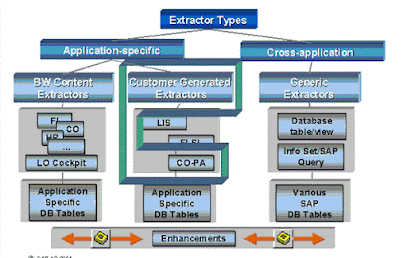Tips for a Successful Oracle to SQL Server Migration
Oracle and SQL Server are two of the most popular relational database management systems used in the industry. If you're considering migrating your data from Oracle to SQL Server, there are several factors to consider to ensure a successful migration. In this article, we'll explore some tips to help you plan and execute a smooth migration from Oracle to SQL Server.
The first step in any migration process is to analyze your data and determine the best approach for migrating it. This will depend on the size of your data, the complexity of your data structures, and the requirements of your applications. One approach is to use Microsoft's SQL Server Migration Assistant (SSMA), a free tool that can simplify the process of migrating your data to SQL Server.
Before you begin the migration process, it's important to perform a thorough assessment of your Oracle database. This will help you identify any potential issues or challenges that may arise during the migration process. You can use the Oracle to SQL Server Migration Assistant for Oracle (SSMA for Oracle) to perform this assessment and generate a report of the migration risks and issues.
Once you've completed your assessment, the next step is to prepare your data for migration. This may involve cleaning and transforming your data to ensure that it meets the requirements of SQL Server. This may include converting data types, removing duplicates, and standardizing formats.
After you've prepared your data, the next step is to perform a test migration to ensure that your data is migrated correctly and that your applications are functioning as expected. You can perform this test migration using a small subset of your data to identify any issues or errors before migrating your entire dataset.
Once you've completed your test migration and addressed any issues that arise, you can perform the final migration of your data. This involves transferring your data from Oracle to SQL Server and verifying that all data has been successfully migrated.
It's important to note that during the migration process, you may need to modify your applications to work with SQL Server. This may involve making changes to your SQL queries or stored procedures to ensure that they are compatible with SQL Server syntax.
In conclusion, migrating from Oracle to SQL
Server can be a complex process, but with proper planning and execution, it can
be a smooth and successful transition. To ensure a successful migration, it's
important to analyze your data, prepare your data, perform a test migration,
and then perform the final migration. By following these tips, you can minimize
the risks and ensure a successful migration from Oracle to SQL Server.




Comments
Post a Comment